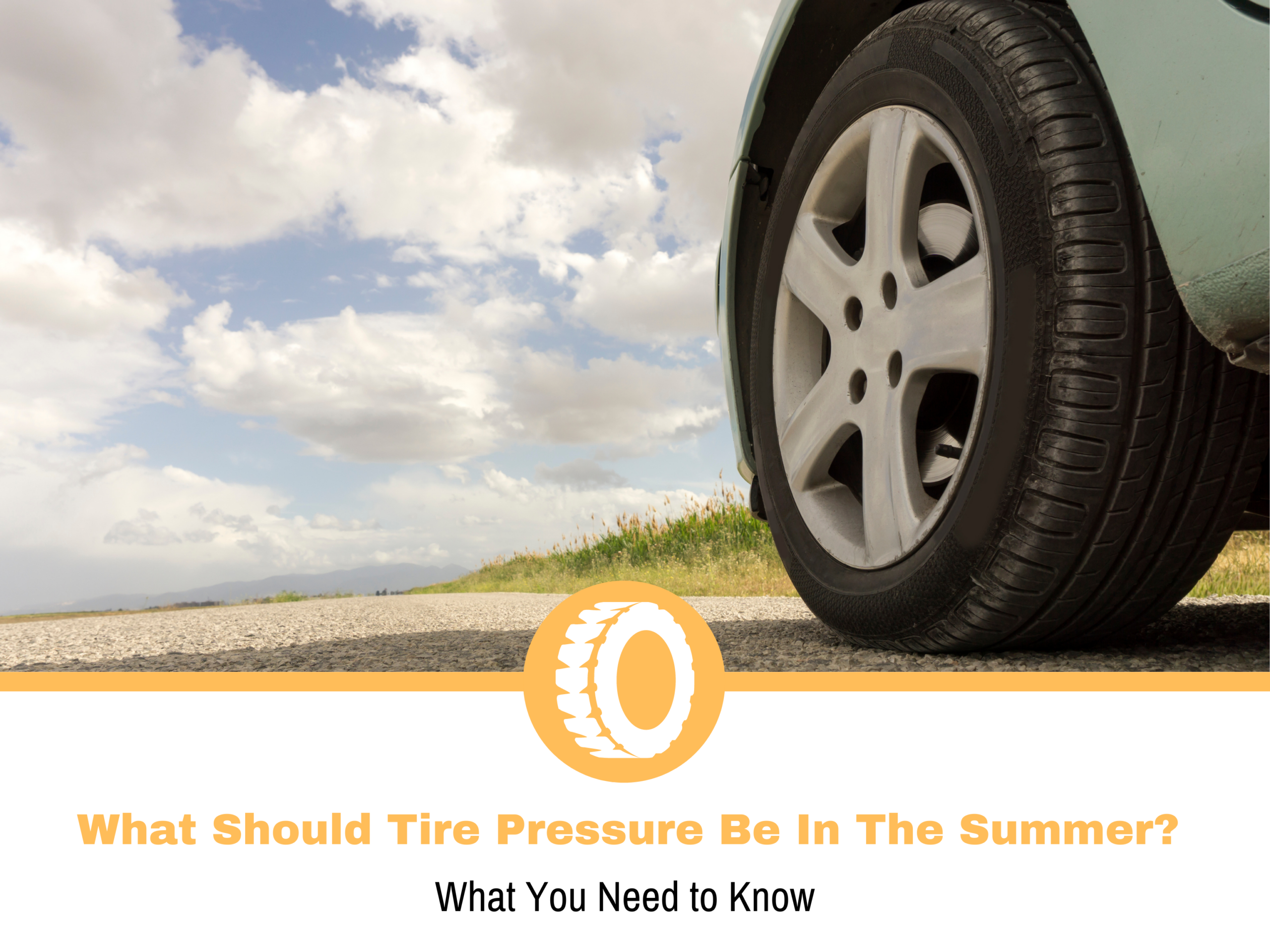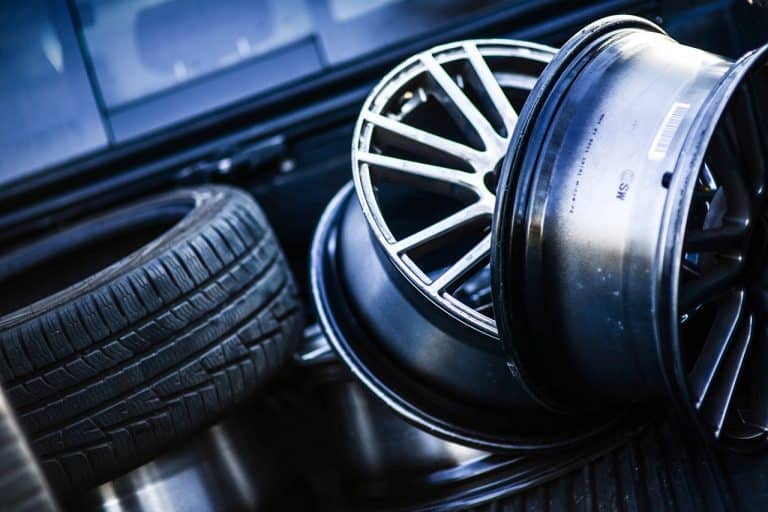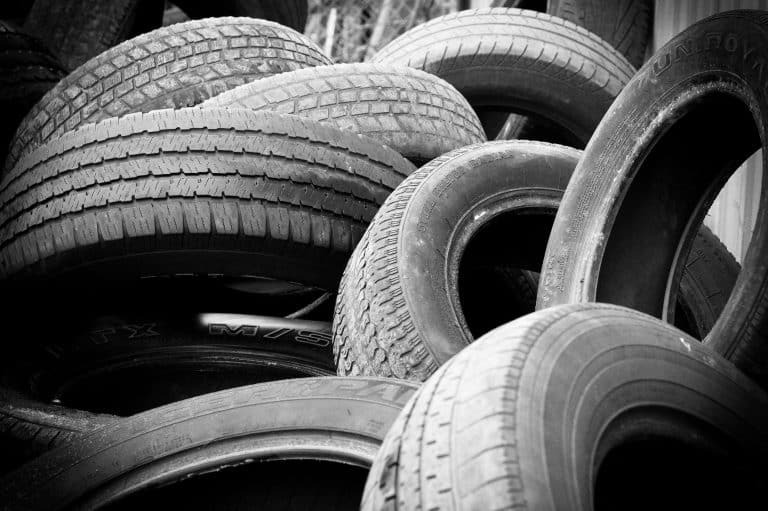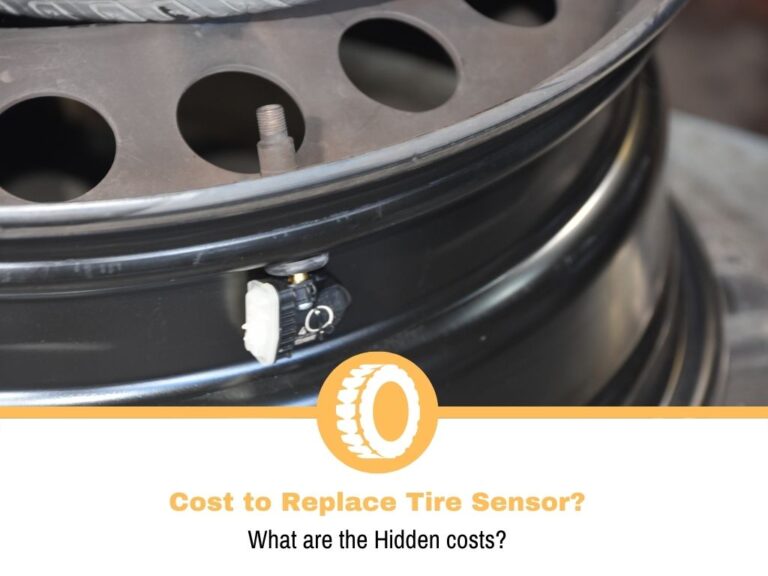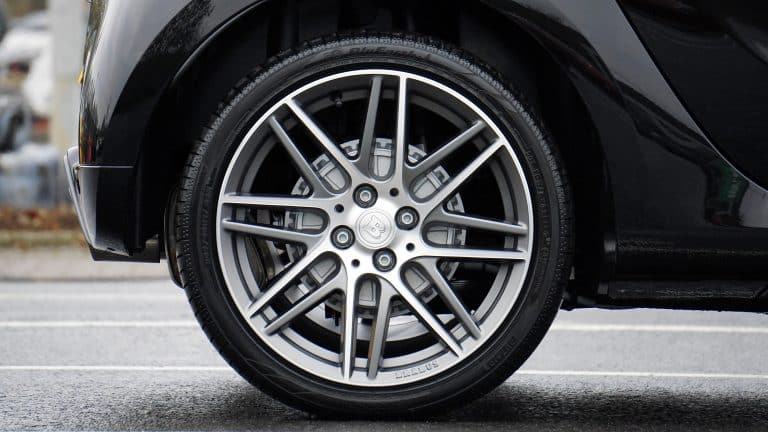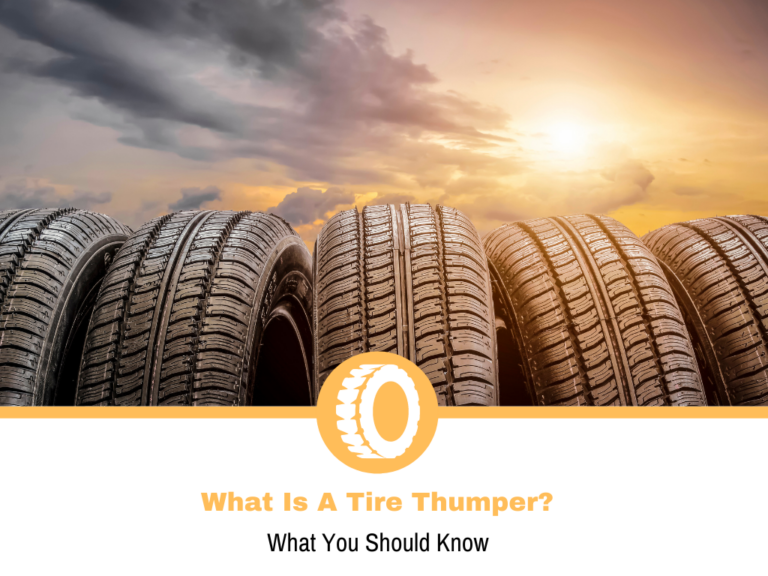What Should Tire Pressure Be In The Summer?
In addition to being a time for recreation, summers are a time for learning. For your vehicle, it is also possible that your tire pressure will fluctuate as a result of the arrival of summer.
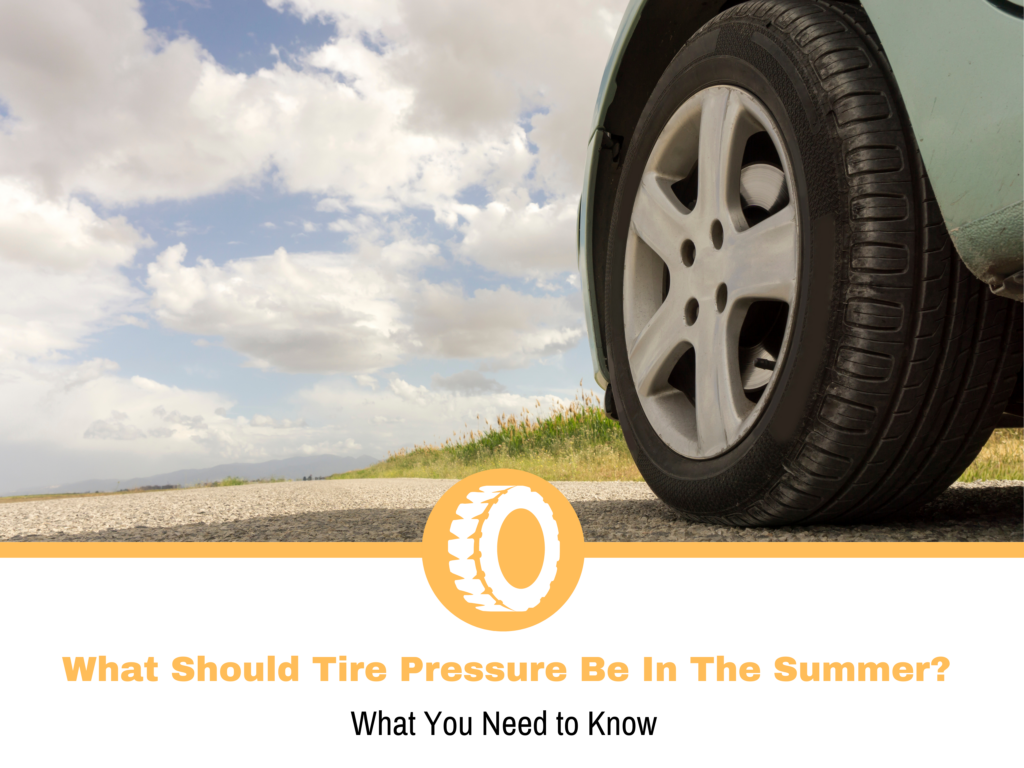
It’s important to emphasize summers because it’s during this time of year when tire pressure is most volatile. Due to this, drivers must exercise increased caution when driving during the warmer months. A temperature change of 53°F (12°C) results in a change of 1 PSI in the tires’ pressure (pound per square inch). When it comes to driving, if the tire pressure is not set correctly, you can expect a slew of issues.
Similar to how cold outside air causes the air inside your tires to contract in the winter, warm outside air causes the air inside your tires to expand in the summer, and vice versa. The rule of thumb is that tire pressure will increase by approximately one pound per square inch (PSI) for every 10 degrees Fahrenheit increase in temperature.
Consider the following scenario: your tire pressure should be 35 PSI according to the manufacturer’s recommendations; yet, on one of those scorching August days, your tire pressure could be as high as 40 PSI. It’s also vital to remember that driving equals friction between the road and your tires, which equals heat, equals an increase in tire pressure during the summer.
So, regardless of the weather circumstances, your air pressure may increase by approximately 5 PSI in the first half-hour of driving prior to actually settling at a comfortable level. If you drive at high speeds for lengthy amounts of time in the searing heat of summer, that figure might skyrocket, and it is not in your favor.
What is the Effect of Summer Temperatures on Tire Pressure?
Most tires fail as a result of a change in air pressure. The majority of the time, this occurs when the temperature of the tires changes significantly. Furthermore, the greater the amount of stuff you have packed into your vehicle for summer road trips, the greater the amount of additional pressure placed on your tires.
Maintaining the proper amount of tire pressure is critical if you want to get the longest possible life out of your tires, avoid a blowout, and obtain the highest possible gas economy. In the event that your tires are overinflated, you’ll have a bumpy ride and a driving experience that is tough to control. Unfortunately, under-inflated tires end up wearing down far more rapidly than properly inflated tires. Finding a happy middle is the difficult part. In the same way that colder weather may cause the air within your tires to shrink, warmer temperatures can cause the air pressure in your tires to increase.
Checking your tire pressure on a frequent basis (daily if you’re on a road trip) can help you prevent tire inflation caused by high temperatures. Additionally, make certain that you are filling your tires to the correct air pressure. Consider monitoring your tire pressure on a regular basis the same way you would an oil change. You should learn how to check your tire pressure if you notice a dramatic shift in the weather to the point where you’re putting up your sweaters and taking out your beach suit.
Because of the high summer temperatures, if you do not check your tire pressure and it inflates, you may be in danger of:
- Improper handling would be a problem
- Tire blowouts are quite common
- Premature wear and tear
- Driving is uncomfortably bumpy and uncomfortable
- Traction has been reduced
- Tires that are prone to overheating
How to Check the Pressure on Your Tires
Maintaining the proper amount of pressure in your tires is easy, but it is very critical to the overall performance of your vehicle performance. Vehicles with properly inflated tires offer quicker steering response, greater gas economy, and longer service life than those with incorrectly inflated tires. In case you need to add air to your tires after checking the pressure, you may find an air pump at almost every gas station.
When checking the pressure in your tires, follow these simple steps:
- If at all necessary, start with “cold” tires to provide the most accurate result. This indicates that you have not yet driven, or that your vehicle has been parked for at least three hours.
- You can find out what your recommended psi (pounds per square inch) for both your front and rear tires are on the inside label of the driver’s door. If you are unable to locate it, it should be in your owner’s handbook, or you may consult with a trained tire technician or tire manufacturer for assistance.
- Using your pressure gauge, remove the cap from one of your tires and attach it to the stem. Press down on the tire with enough effort that the hissing sound (which indicates escaping air) disappears and you get a tire pressure measurement. When it comes to gauges, there are two sorts to choose from. As is customary with the “pencil” form, a little bar protrudes from the bottom of the gauge, providing a reading. The figures on the screen of a digital gauge are shown to you automatically.
- Compare the PSI reading on your gauge to the PSI reading on the sticker on the door of your automobile. If the air pressure is higher than the number, let some air out and take another measurement until the pressure is the same. If the air pressure is too low, keep filling until the pressure is at the right level.
If you’re pumping air into your tires at a petrol station, it’s likely that they aren’t “cold.” Changing the air pressure is all that is required in this situation. After driving, you may simply increase the tire pressure to 4 psi higher than the required psi to compensate for the change in tire pressure that occurs.
What Causes Tires to Expand and Blow Out in Hot Weather
The intense heat of summer can cause your tires to explode. That’s right, you read that correctly. When the temperatures spike throughout the summer, you’re more likely to experience a tire blowout than you may think. The reason behind this is as follows.
Heat can have a significant impact on the performance of your tires. This is due to the increase in air pressure in tires when the temperature rises. Scientists have discovered that for every 10 degrees (Fahrenheit) that the temperature rises, the tire pressure climbs by one pound per square inch, according to their calculations (PSI).
It may not seem like much, but the average PSI in passenger vehicle tires is only 30-35 pounds per square inch (psi). A few pounds of air pressure can make a significant difference in the performance of a vehicle. It is possible for a tire to pop because of such a large differential in pressure. Even if a tire does not blow out, over-inflation can cause it to wear out prematurely and interfere with braking performance.
Heat causes air pressure to develop for a variety of reasons, the most important of which are:
Hot molecule
Atoms and molecules are the building blocks of all materials. When molecules become heated, they begin to vibrate vigorously. The expansion is caused by the vibration. Given the presence of molecules in the atmosphere, it’s easy to see why air-filled tires expand in the summer heat when temperatures are extremely high.
Friction
As you drive along the road, the tires of your vehicle brush against the asphalt surface. During the summer months, this results in a substantial amount of friction and heat generation, which causes your tires to become even hotter as a result.
Rubber
Rubber is the third component of the trifecta, and it is what tires are comprised of. Rubber molecules are joined together in long, twisting chains to form a rubber compound (polymers). Rather than expanding when polymers vibrate, they compress when they do so. Everything has a breaking point, including tire rubber, which is designed to prevent polymers from coiling in on themselves. Consider the example of a rubber balloon. Continue to blow air into it for an extended period of time and it will finally rupture. When it’s extremely hot outside, the same thing might happen to a tire.
What Will Happen When a Tire is Underinflated or Overinflated
There should be no reason to raise the pressure above the recommended maximum because doing so can result in a tire burst. The tire heats up while driving, causing the air inside the tire to expand as a result. As a result, if the tire has already reached its maximum inflation pressure, it will rupture.
Tire that is underinflated
An underinflated tire means that more of the tire’s surface comes in touch with the road, which increases the risk of a blowout. It will cause your vehicle to slow down and have a negative impact on its fuel economy. Furthermore, underinflated tires shorten the lifespan of the tires, requiring you to replace them sooner rather than later.
Tire that has been overinflated
The surface area of the tire that comes into contact with the road is reduced when the tire is overinflated. Tires wear out more quickly and unevenly as a result of this condition. Additionally, the driving experience becomes more rigid, and the responsiveness and braking performance suffer as a result of this.
The appropriate tire pressure
The tire placard, which can be found at the edge of the car door, on the doorpost, or on the glove box door, is the first thing to look for when determining the correct tire pressure. Some vehicles will have it on or near the gasoline door, while others will not. According to the manufacturer, it will inform you of the maximum tire pressure that should be used. Take into consideration the fact that many vehicles have varying tire pressures on their front and rear axles.
The Tire Pressure Monitoring System (TPMS) is another method of determining whether or not the tires’ pressure is optimal. Many modern automobiles are equipped with tire pressure monitoring systems, which notify the driver when tire pressure falls below the recommended level.
Tire pressure should be checked first thing in the morning, according to experts, because the tire temperature is at its lowest in the morning. At that point, the tire pressure should be 2-4 PSI less than the maximum amount recommended by the manufacturer. In the event that you have driven the vehicle, allow it to rest for a few hours before checking the pressure. Also, make sure that the vehicle is not parked directly in the sun or that the pavement is not too hot before leaving it.
Conclusion
Maintaining constant awareness of the pressure in your tires is a preventative measure against major injury and other catastrophes. That is why it is necessary to always keep an eye on the pressure in your tires and to check that the pressure is correct at all times.
With this amount in mind, take your tire pressure gauge and get down to business by checking the pressure in your tires. If your suggested pressure is 35 PSI, it implies you should have 35 PSI before you begin driving. Check your tire pressure first thing in the morning before you head on the road for the day, and then make any necessary adjustments to your tires based on the reading you receive. If your car has been sitting in direct sunshine for a long period of time or has been parked on hot pavement in the summer, your reading will be affected.
